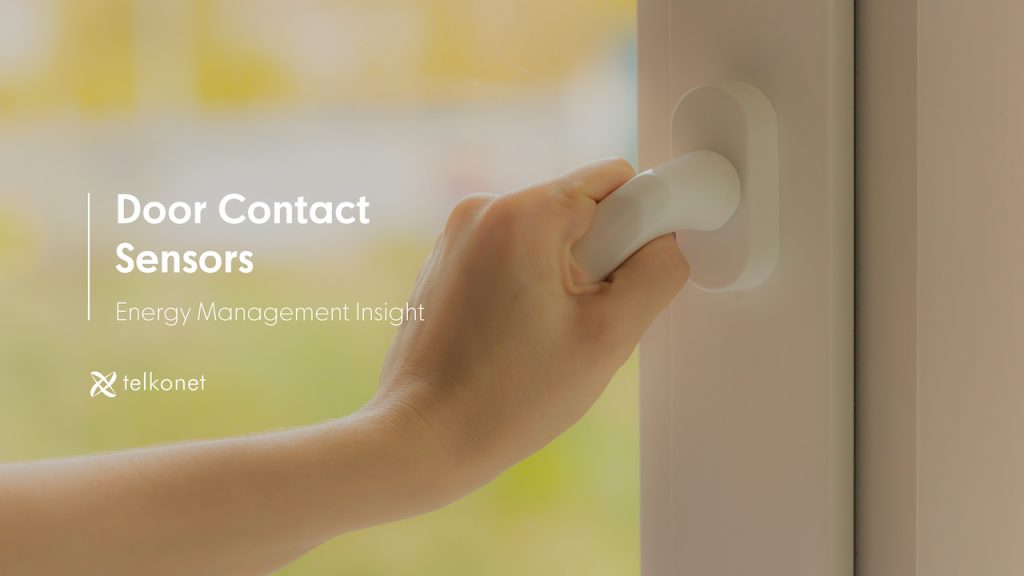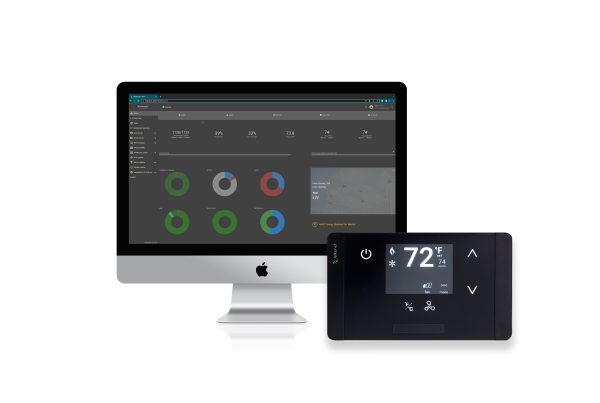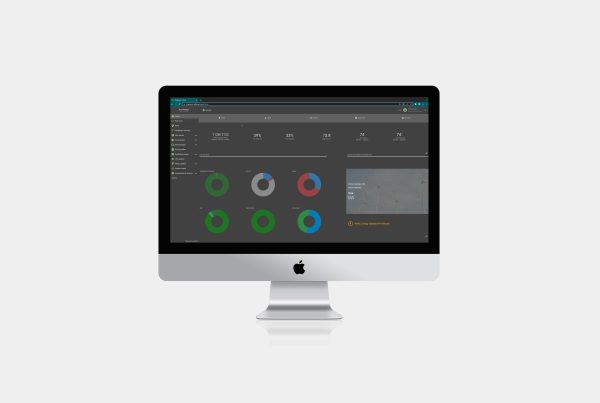
In an EMS, occupancy-based control systems sometimes use the opening and closing of doors as an additional indicator of occupancy. The doors are outfitted with magnetic door contacts, either affixed to or drilled into the doors and door frames.
A magnetic door contact essentially consists of a reed switch and a magnet – the reed switch is open by default, and when the magnet is close enough, the reed switch closes. The closing of the switch can trigger the sensor to transmit a signal to the Energy Management System. Most Hotel rooms now have door contact sensors. This sensor knows when the door has been opened and that there is now a person in the room. It sends a wireless signal to the HVAC unit telling it to turn on or change the settings and to maintain those settings until the door is opened again.
Door contacts can be used in another manner as well, a manner we call the ‘Lanai’ setting. When a balcony door is left open for a pre-defined amount of time, typically one minute, it sends a signal to the thermostat to disable the HVAC and perhaps display a ‘door open’ message on the thermostat screen. Then when the patio door closes, the message disappears, and the HVAC begins its return to the set temperature. A property that values guest comfort above all else may opt to not turn off the HVAC, but rather to alert the facilities team so that they can close the door after a guest checks out.
Telkonet’s door contact, the EcoContact+, is an effective supplemental occupancy detector, and many of its customers have configured their EcoContact+ devices with the ‘Lanai’ feature.


